
Vegetable Crops
Vegetable Crops Program
I started my position as the Area Vegetable Crops Advisor in April 2016. I am developing and implementing a multi-county-based extension and applied research program focusing on the priority needs of clientele in the area of vegetable crop production systems in Colusa, Sutter and Yuba counties (headquartered in Colusa). My program focuses on pest management of insects, diseases, and weeds, and some soil health work.
The main vegetable crops grown in Colusa, Sutter and Yuba counties are processing tomatoes, cucurbits (melons and squash), and seed production, with minimal vegetable production occurring in Yuba County. In the state of California, processing tomato production accounts for 93% of US production. Processing tomatoes are top (#4) agricultural commodities in Sutter and Colusa counties.
California ranks first in the country for fresh-market cantaloupe and honeydew production. Sutter County is one of the top honeydew producing counties in California. Cantaloupe production is still relatively new in the Sacramento Valley and has increased in the last fifteen years.

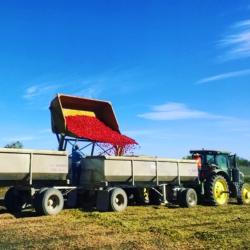
Plans for 2023
-Fusarium falciforme
I am part of a group of UCCE Advisors conducting processing tomato variety trials to determine tolerance to Fusarium falciforme. We evaluated cultivar susceptibility and tolerance to F. falciforme in AgSeeds variety trials in Sutter County in 2022 and will be repeating this work in 2023. A table of some of our results from across the state (created by UCCE Vegetable Crops Advisor, Brenna Aegerter, San Joaquin County) can be found in my December newsletter. This project is funded by the California Tomato Research Institute.
-Beet curly top virus awareness and trapping
We will be hosting a few informational meetings in early 2023 related to beet curly top virus (BCTV) and the outbreak in 2021 in the Sacramento Valley. We will discuss the virus, beet leafhopper (vector) biology, and management methods, along with information from the CDFA Curly Top Control Board.
We will also be trapping tomato fields located near the foothills (more at risk) for beet leafhoppers in early 2023 and testing the beet leafhoppers for BCTV levels.
-Cucumber beetle management in melons
We are continuing to evaluate the combination of acetamiprid (Assail) and a gustatory stimulant (CidetrakL) for management of cucumber beetles in fresh-market melons due to our promising results from 2022. We will also continue evaluating efficacy of the aggregation pheromone of the striped cucumber beetle in an attract-and-kill trap design for the western striped cucumber beetle. This project is funded by the California Melon Research Board.
For more information on current and past projects and other subjects related to vegetable crops, please subscribe to my newsletter here.
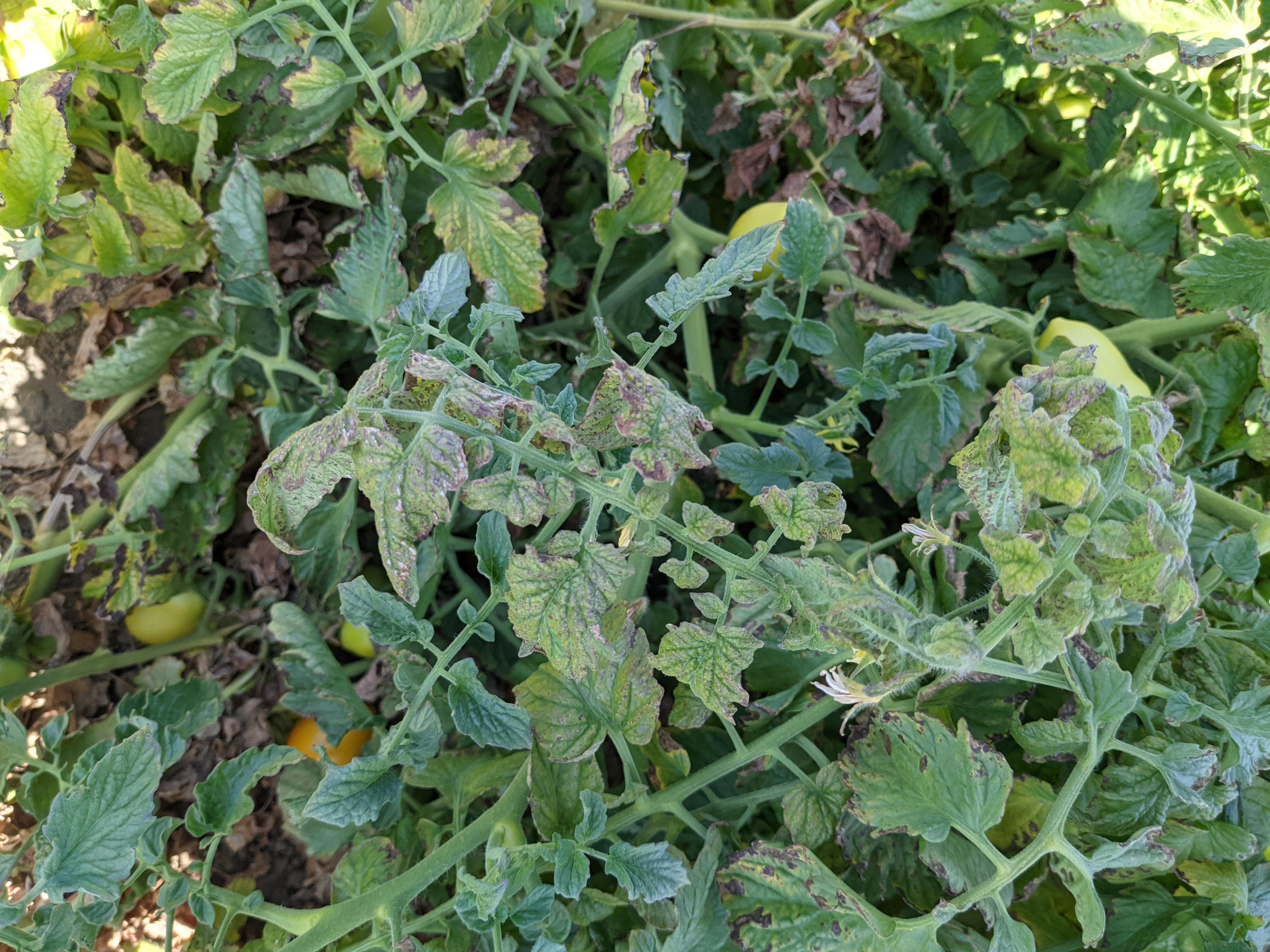
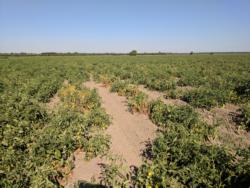
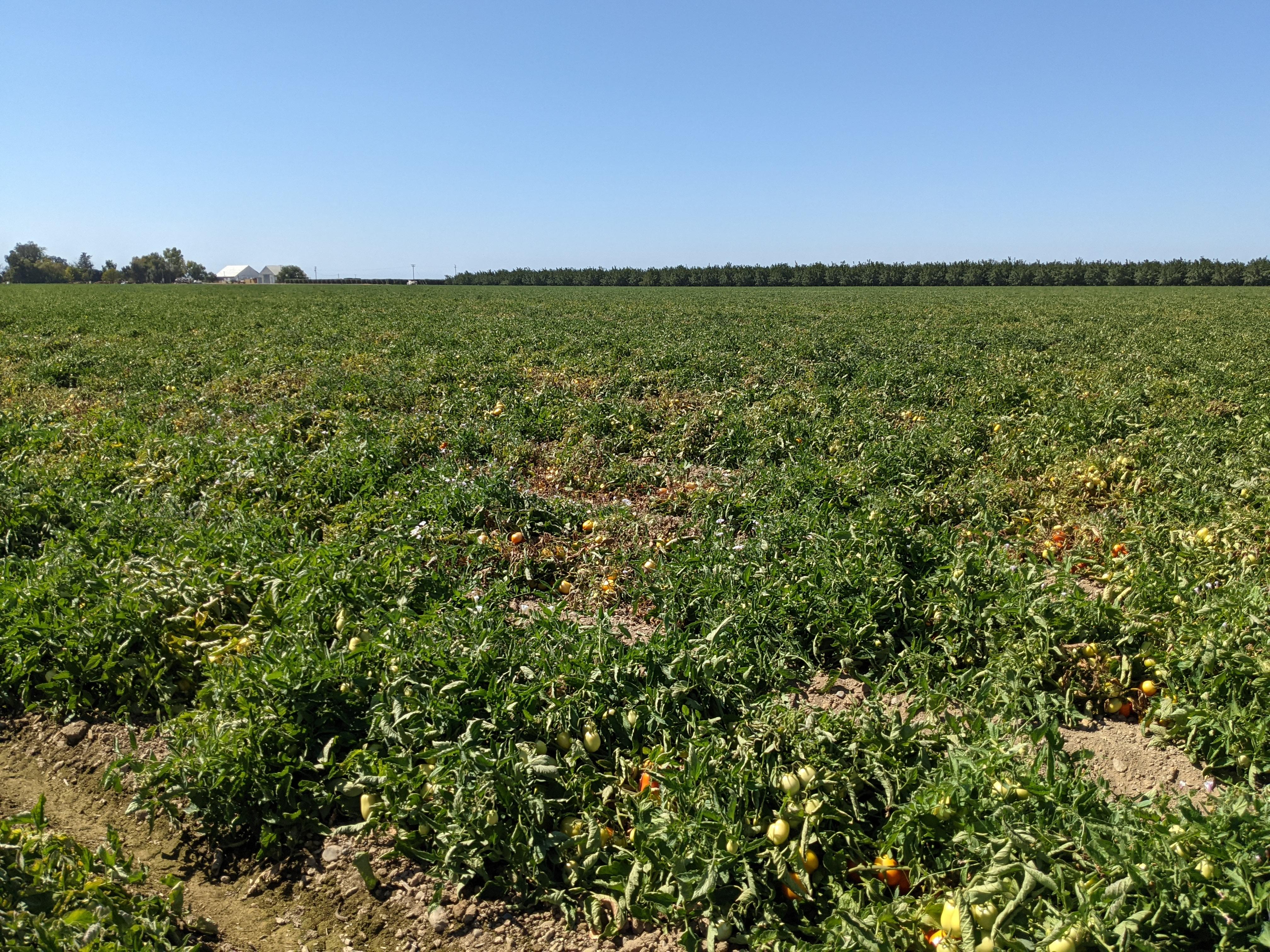
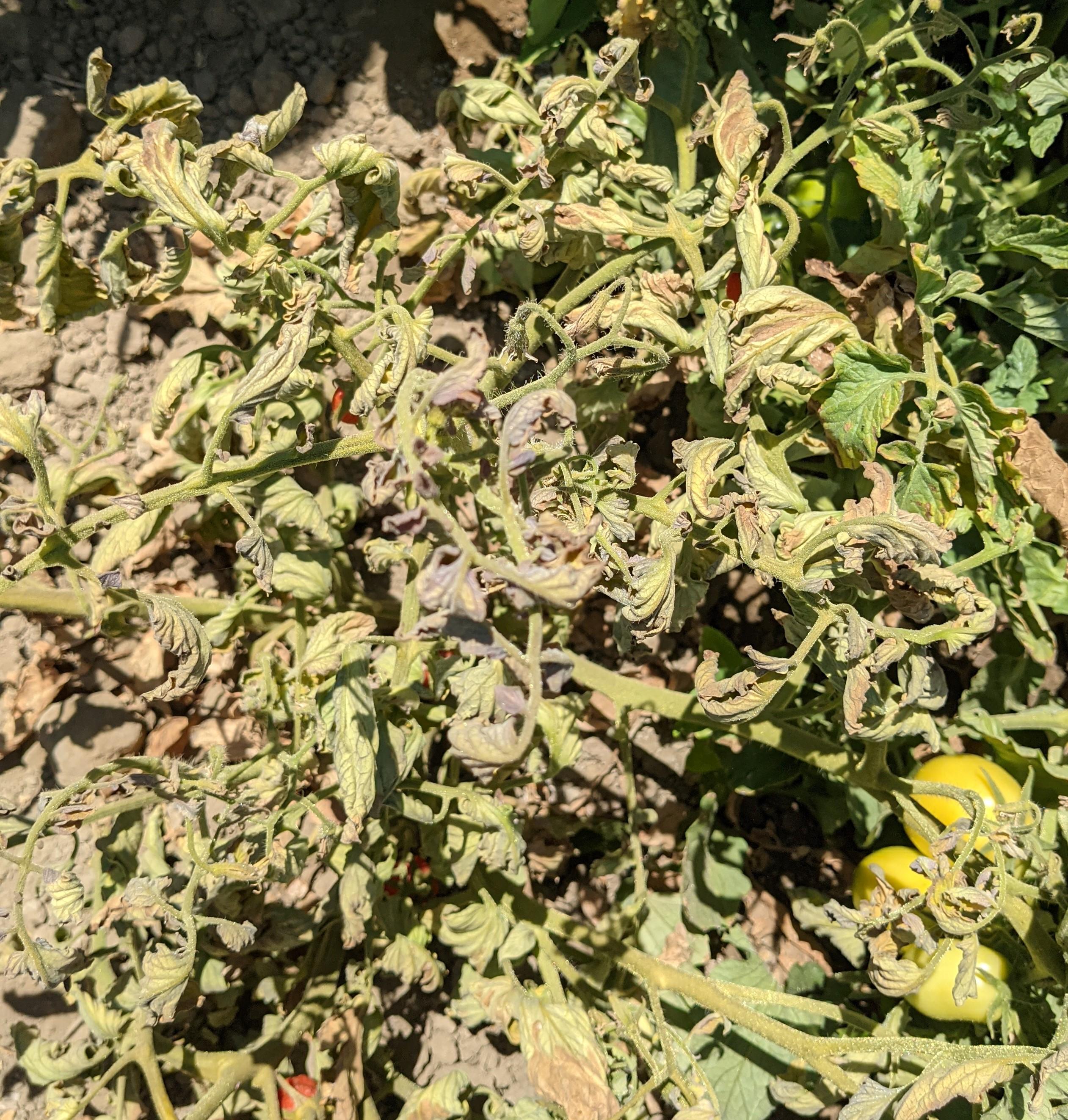
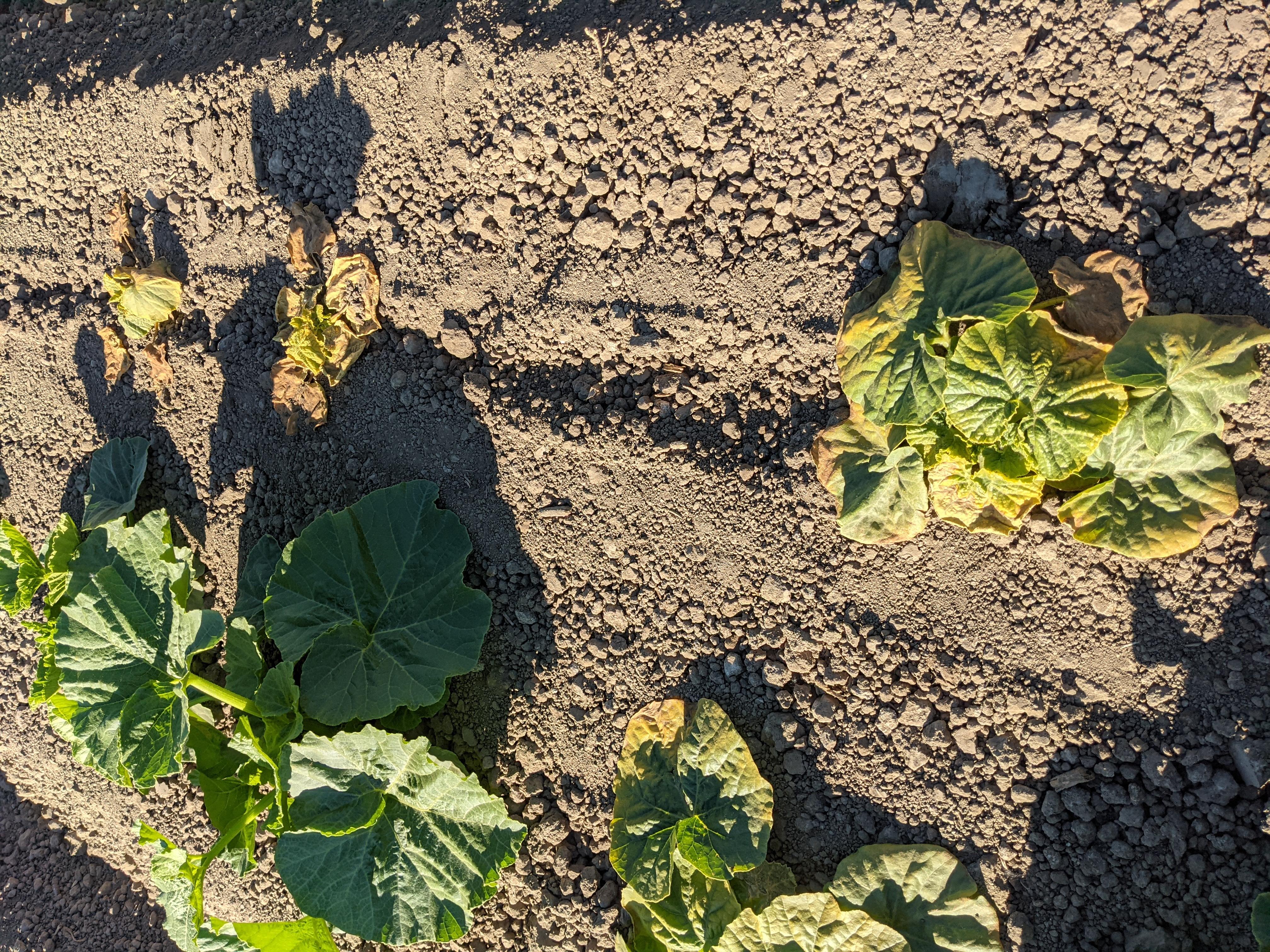
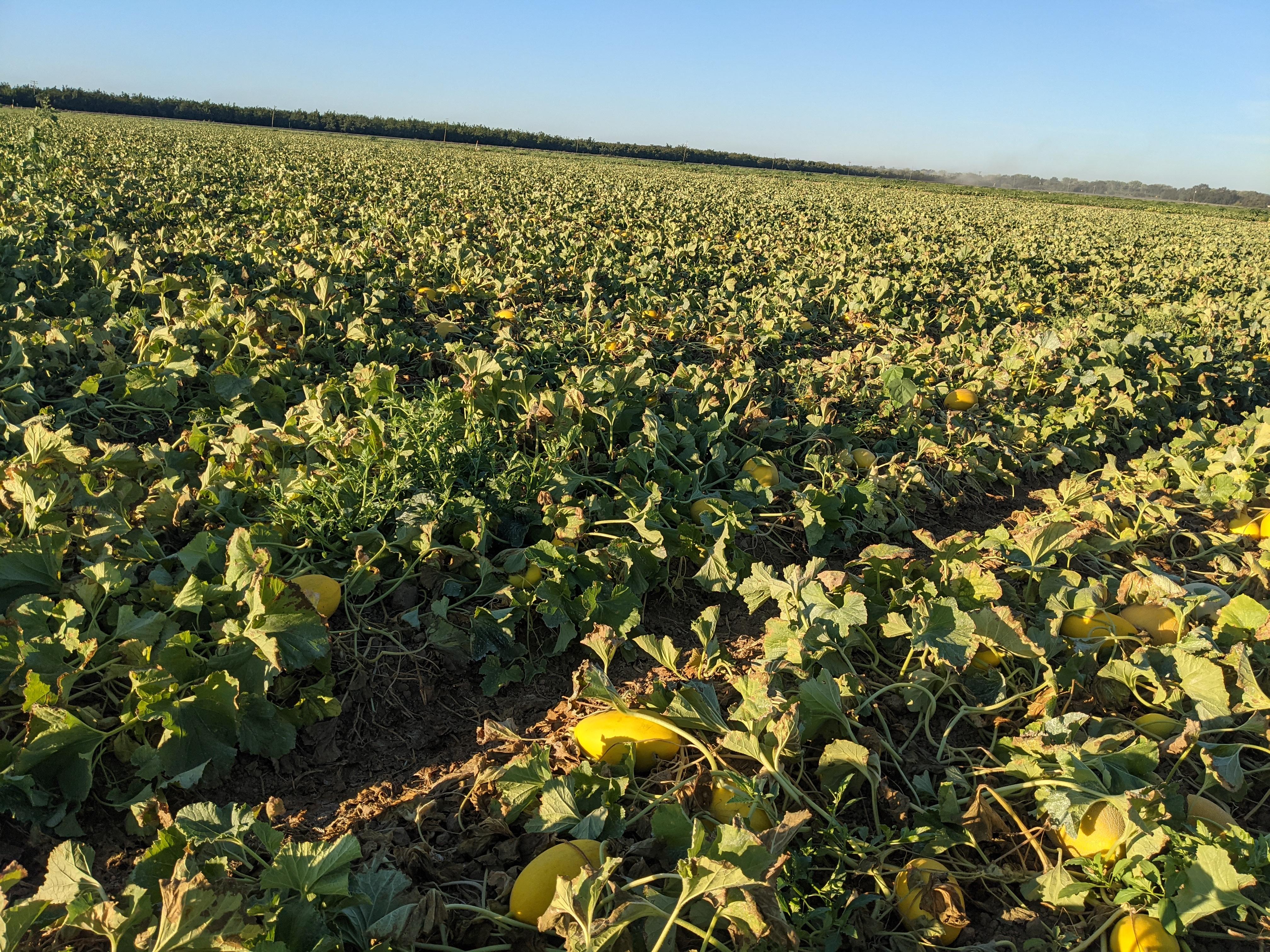
Melon Project Update
-Management of western striped cucumber beetle in melon production (funded by California Melon Research Board and conducted in collaboration with Ian Grettenberger, Field and Vegetable Crops Entomology Specialist at UC Davis)
We evaluated insecticide efficacy against cucumber beetles at a research farm on the UC-Davis campus for a second year. We evaluated acetamiprid (Assail) alone and paired a gustatory stimulant (CidetrakL) at a full rate and at a ¼ rate. We found that there were no significant differences between dead striped cucumber beetles for all of the acetamiprid treatments compared to the untreated control, or for severity of scarring. All of the acetamiprid treatments had the highest number of undamaged melons compared to the control. This is very promising since one of the treatments was only ¼ rate of acetamiprid paired with Cidetrak and it demonstrated similar efficacy to the full rate of acetamiprid. We will be repeating this in 2023 to clarify the relationship between the common conventional neonicotinoid, acetamiprid, and the feeding stimulant, CidetrakL (Trece).
Because we currently have a poor understanding of where western striped cucumber beetle overwinters before moving into melon fields, we monitored likely overwintering locations (weedy vegetation around fields) in organic fields in 2020. We found beetles on broadleaf weeds, including milk thistle, burclover, mustards and little mallow. In 2021, we conducted feeding choice assays (in the lab) using these weeds and found that western striped cucumber beetles have a preference for milk thistle, but will also feed on mustards and not on mallow.
We also continued testing the aggregation pheromone for the eastern cucumber beetle species for its attractiveness to the western species of cucumber beetles. An aggregation pheromone has been identified and developed for the closely related striped cucumber beetle found in the eastern U.S. (Don Weber, USDA-ARS), and it has recently been determined that this is the same aggregation pheromone used by the western striped cucumber beetle. The addition of the pheromone enhanced capture of both western striped and spotted cucumber beetles in 2020. In 2021, we added a floral lure to the pheromone baited traps, and captures were very high, especially late in the season. The pheromone traps were unable to compete with fresh-market melons in the field during the season, but were effective at capturing beetles in the spring and fall. We are looking into using the pheromone in an attract-and-kill trap design.
Our cucumber beetle research was featured in the October 2020 issue of CAPCA Adviser magazine.
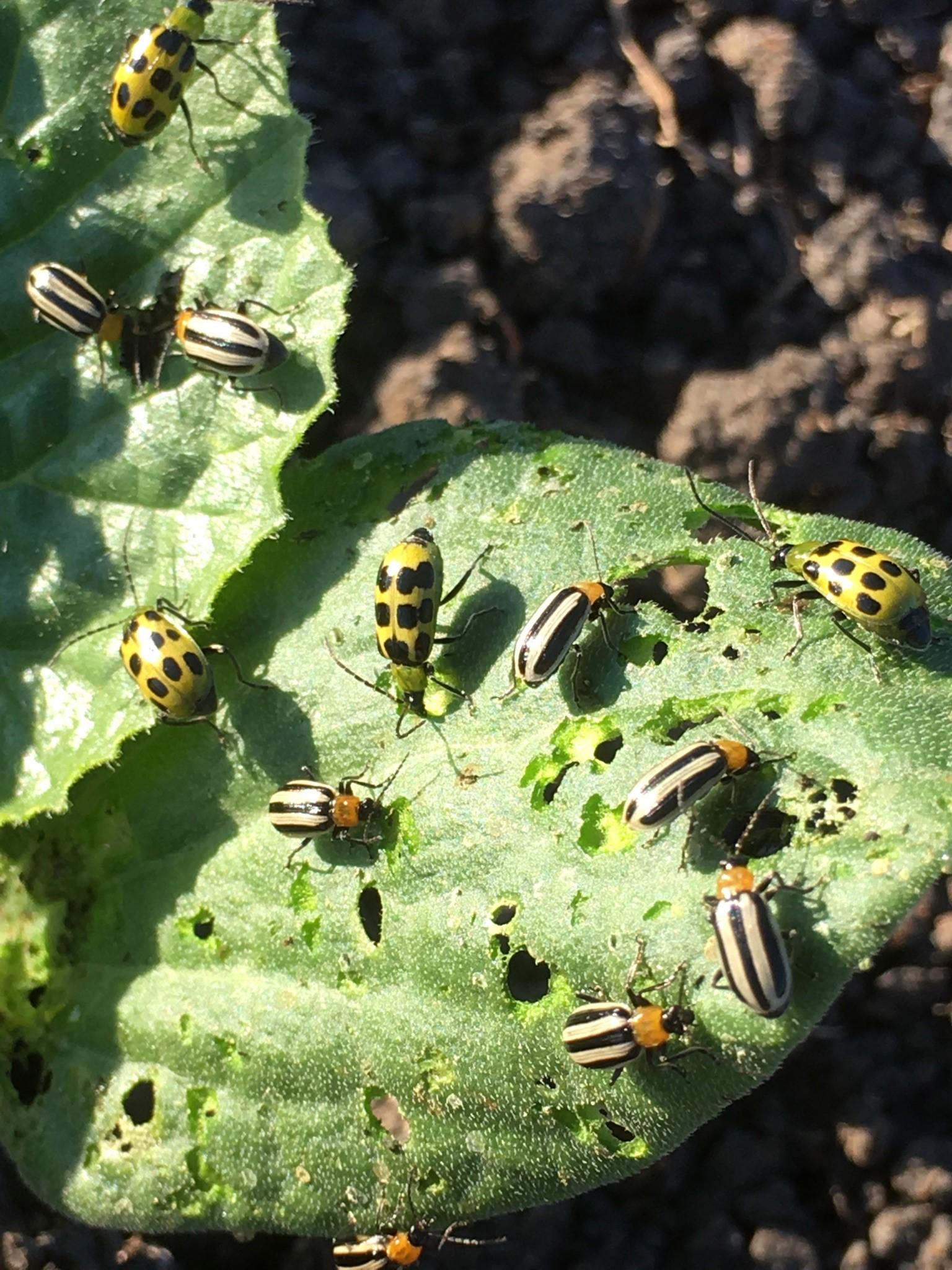
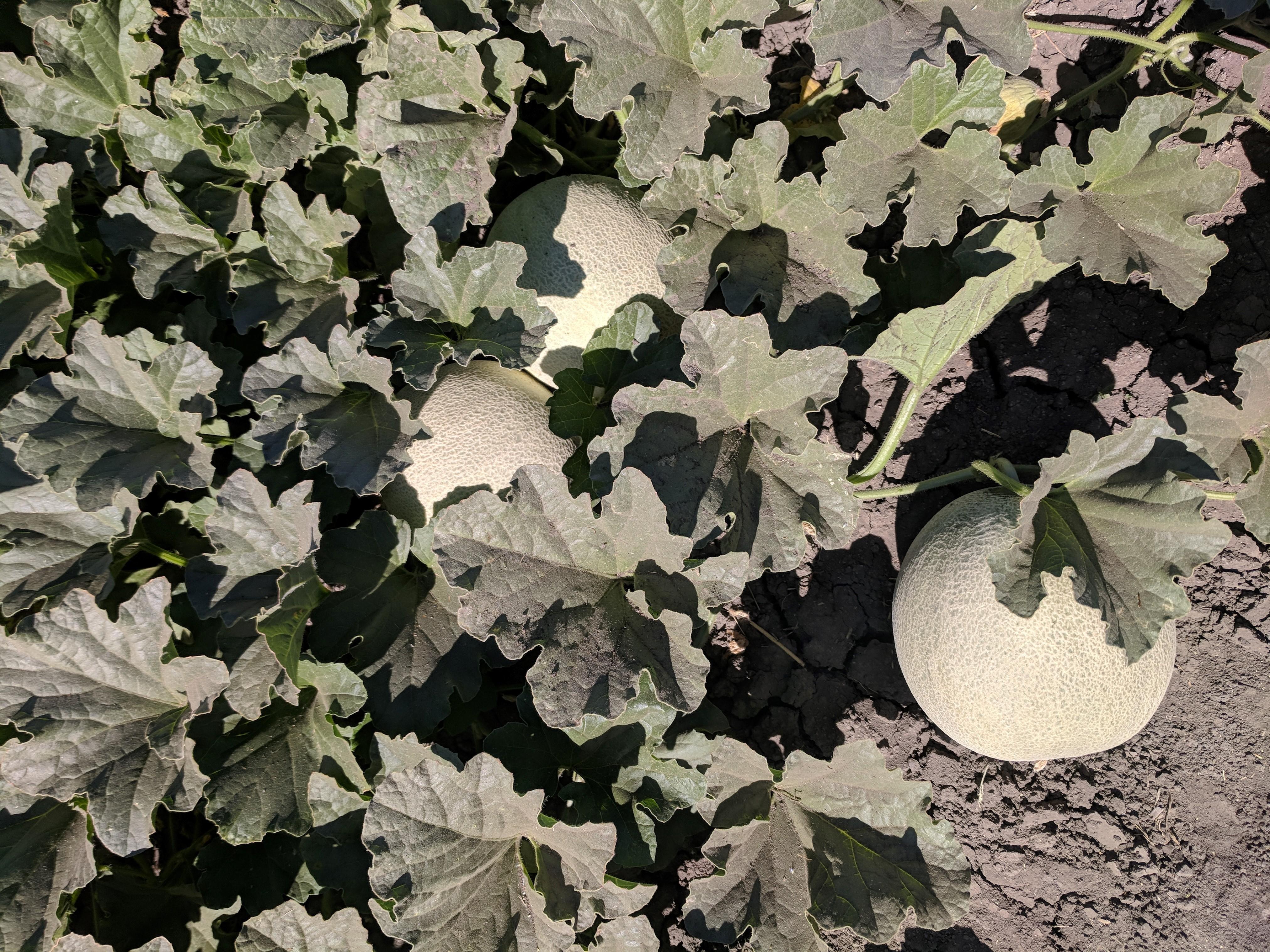
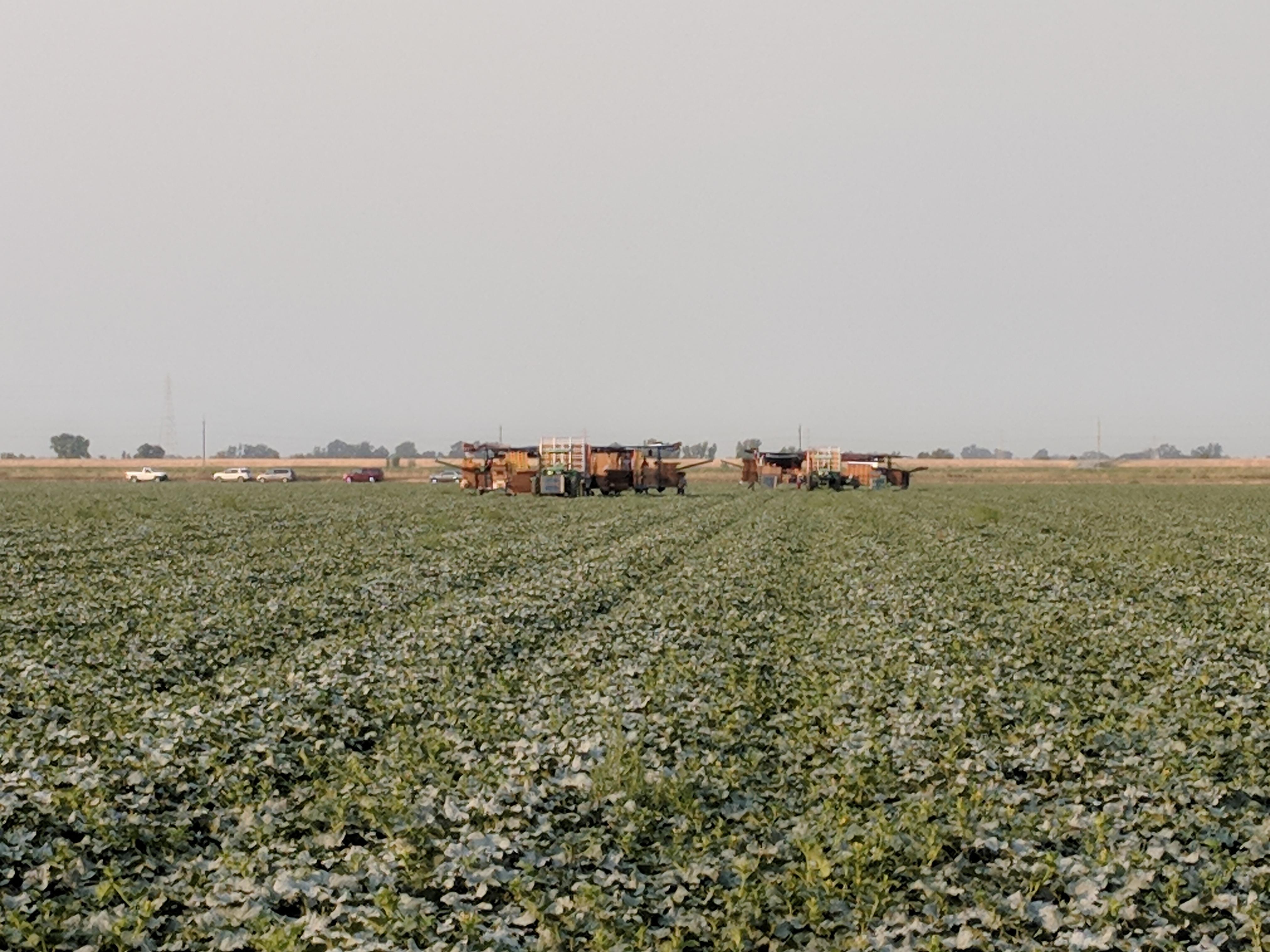
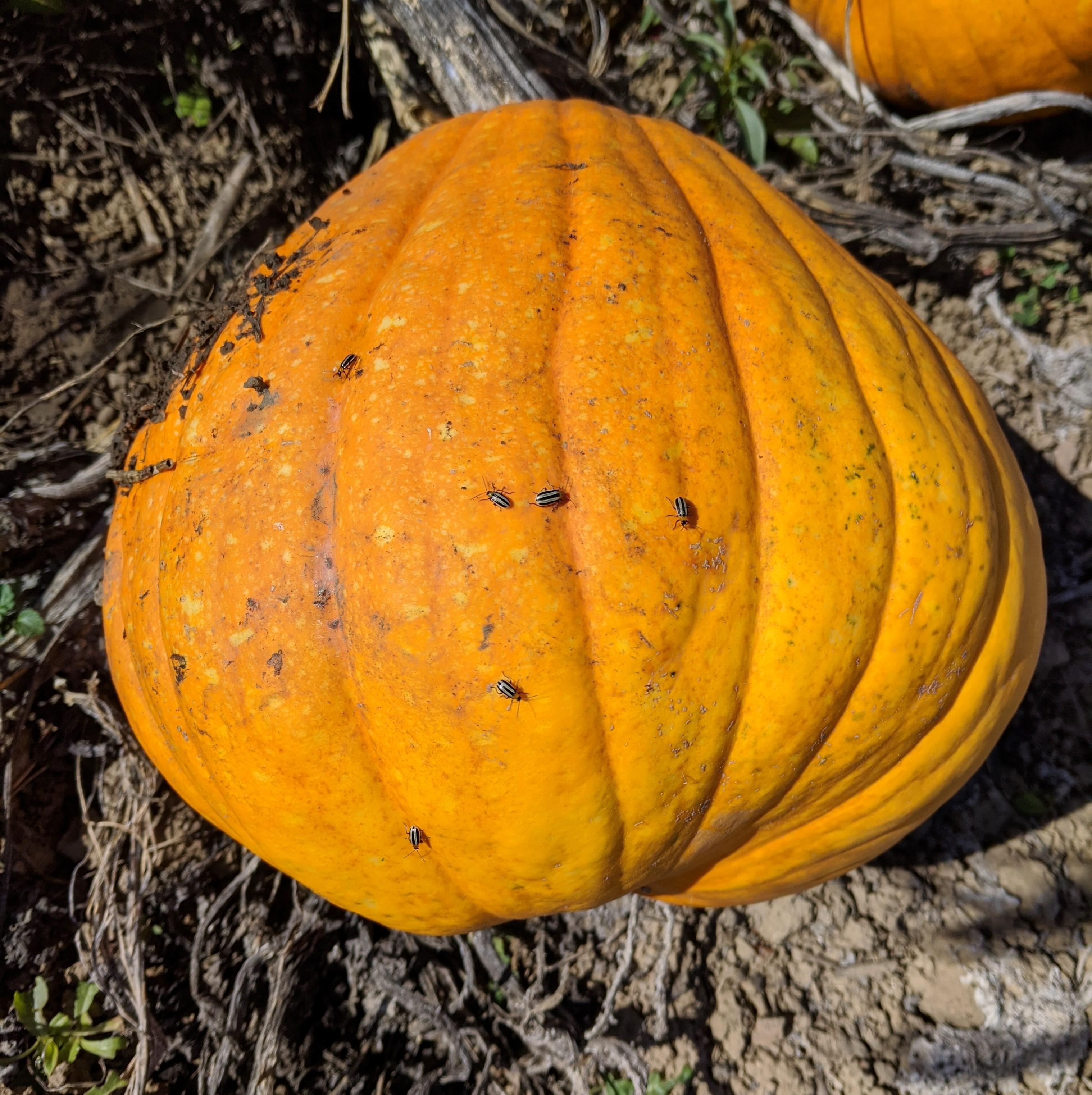
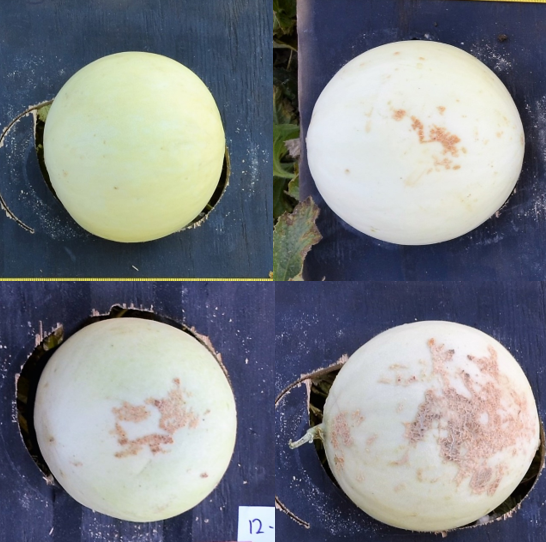
Processing Tomato Project Updates
In 2022, with help from Cassandra Swett (Field and Vegetable Crops Pathology Specialist at UC Davis) and Bob Gilbertson (Distinguished Professor of Plant Pathology at UC Davis), we diagnosed Beet curly top virus (BCTV) (13), tomato spotted wilt virus (TSWV) (2), resistance-breaking-TSWV (3), Fusarium falciforme (8), Fusarium crown and root rot (9), and Fusarium wilt (4) from field visits and samples. In the Resources section below, you can find a Fungal Disease Diagnosis handout from Dr. Cassandra Swett with more information on diagnosing various wilts and crown rots.
The northern counties saw an outbreak of BCTV in 2021 in both tomatoes and cucurbits. In addition to BCTV, the resistance breaking-TSWV has been found in the Sacramento Valley as well. In 2022, we continued to detect RB-TSWV and it is now the dominant TSWV strain in the area. BCTV was also prevalent again in 2022, though not as widespread or economically damaging as in 2021. More information on both of these viruses can be found in the special virus addition of my newsletter, July 2021.
In addition to the insect-vectored virus issues increasing in the Sacramento Valley, the new Fusarium falciforme stem and vine decline is increasing in scope. Also, the most diagnosed soilborne fungal disease pathogen in the state and in Sutter and Colusa counties was Fusarium crown and root rot in 2022.
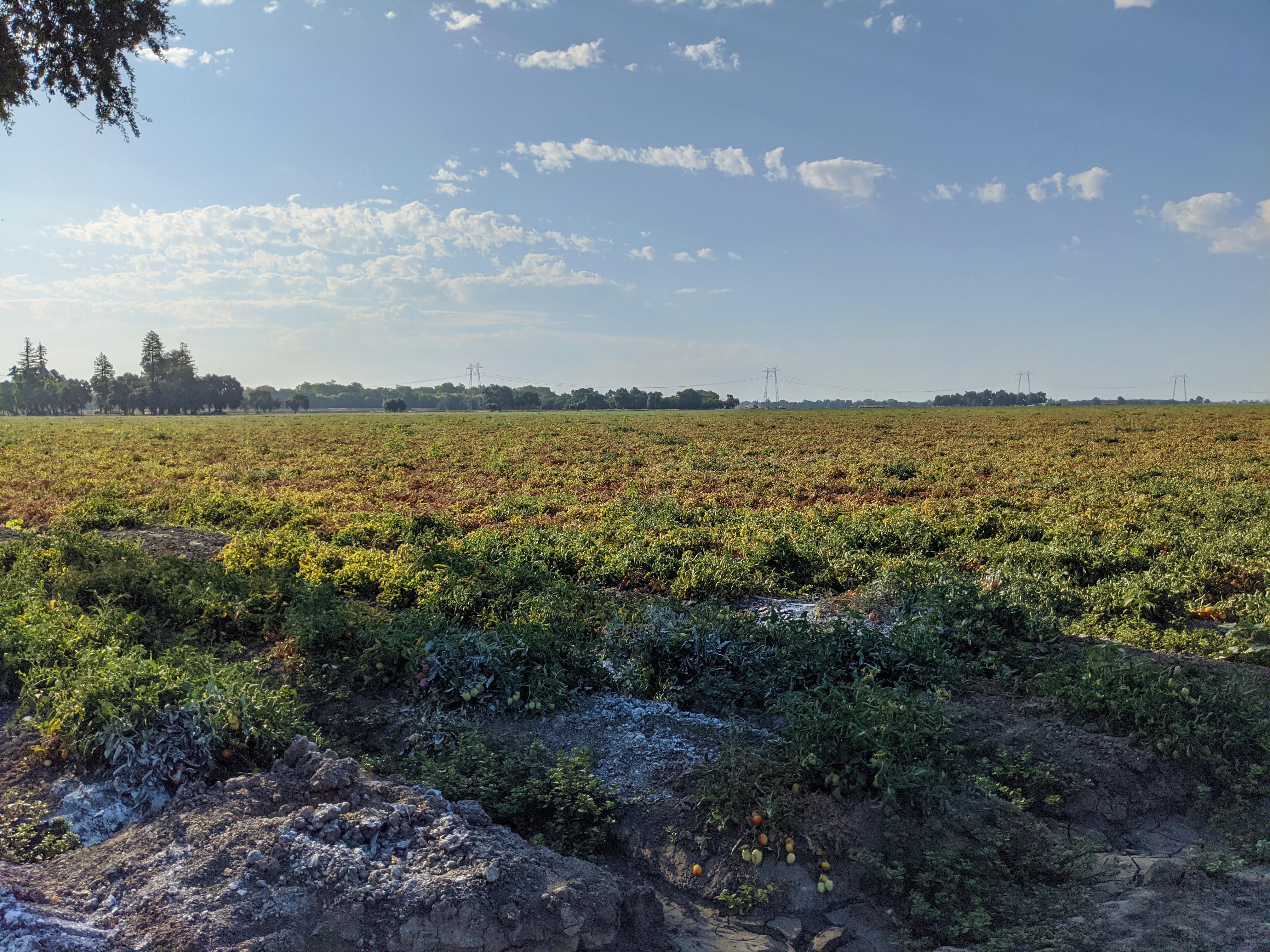
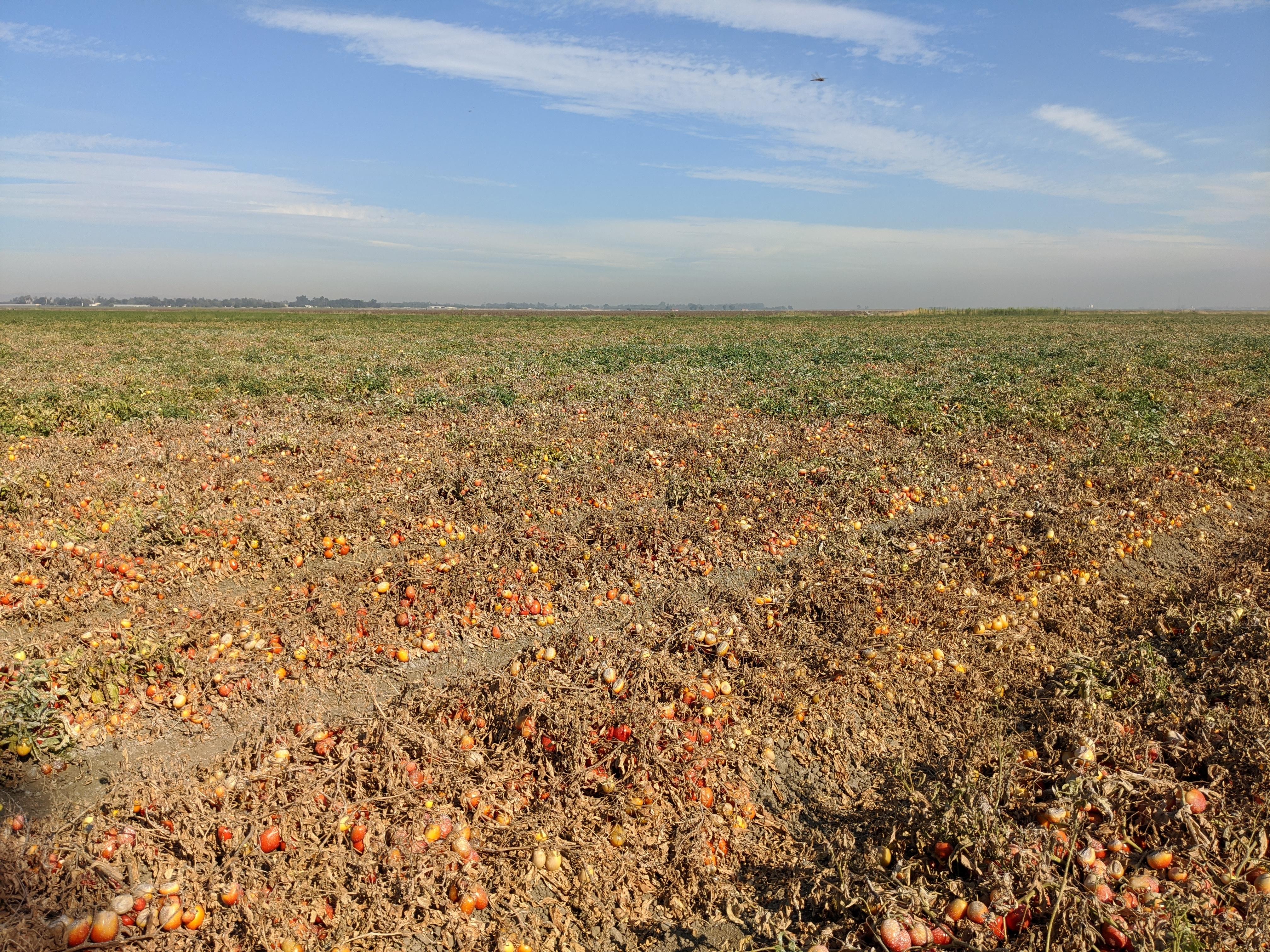
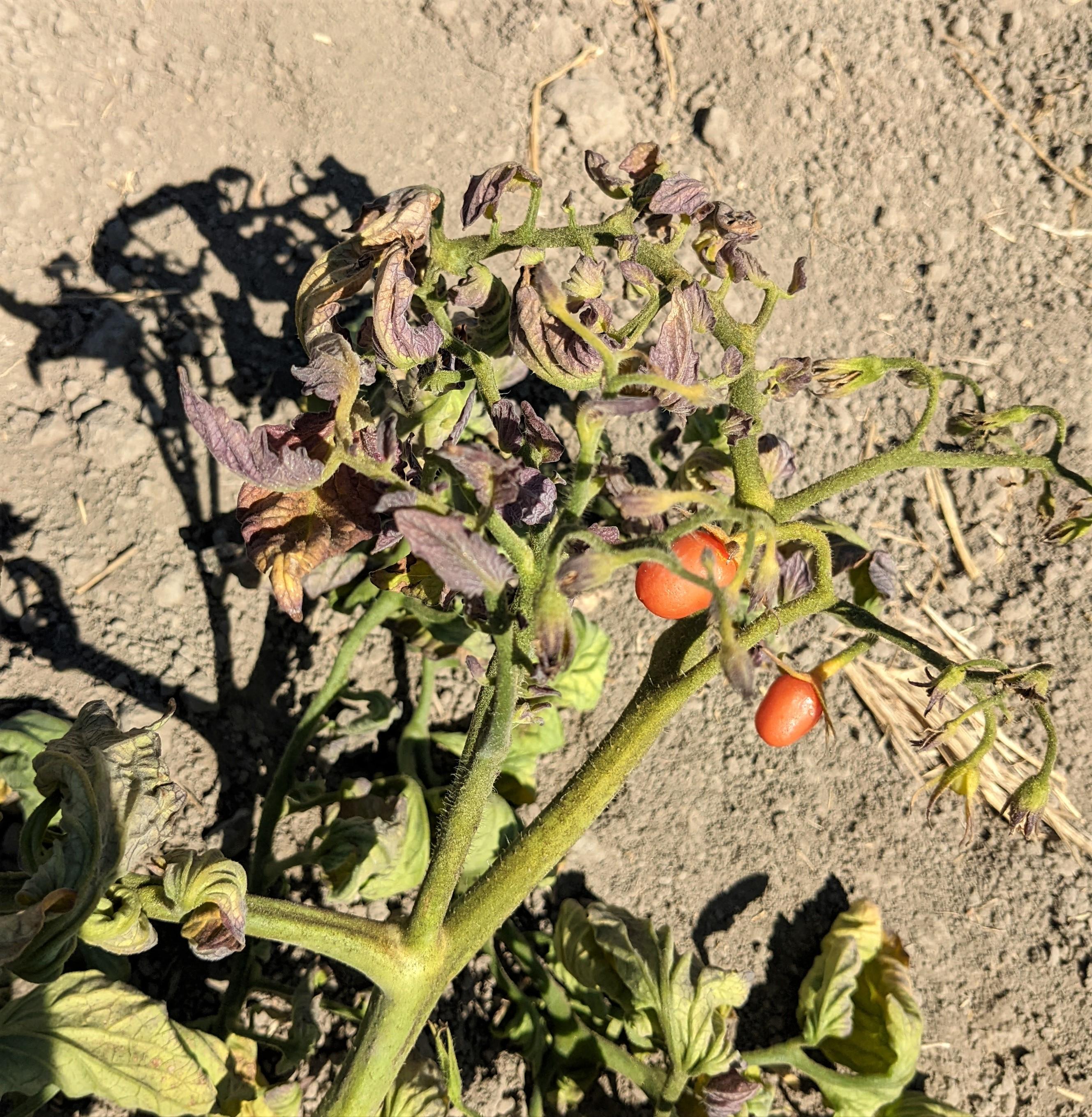
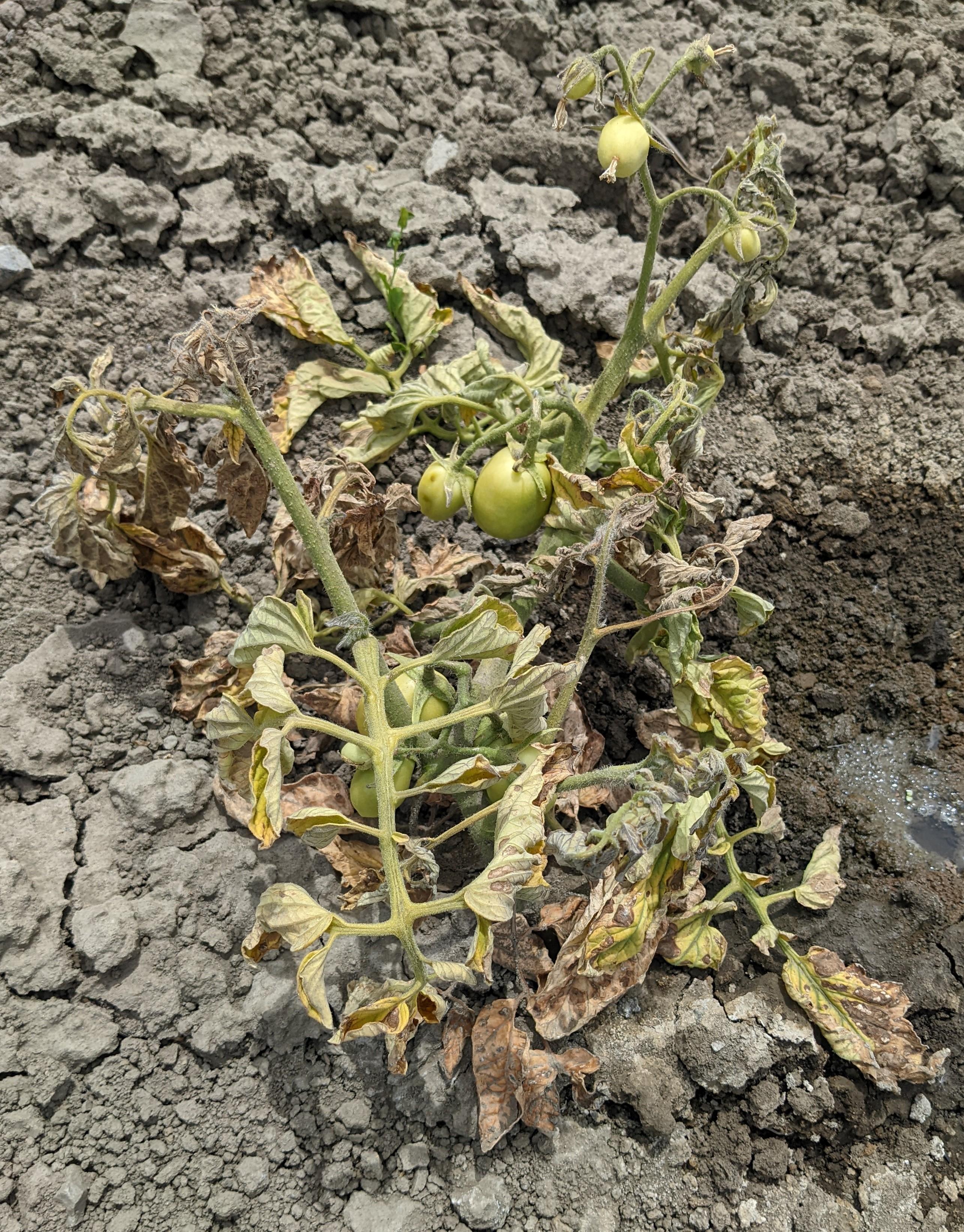
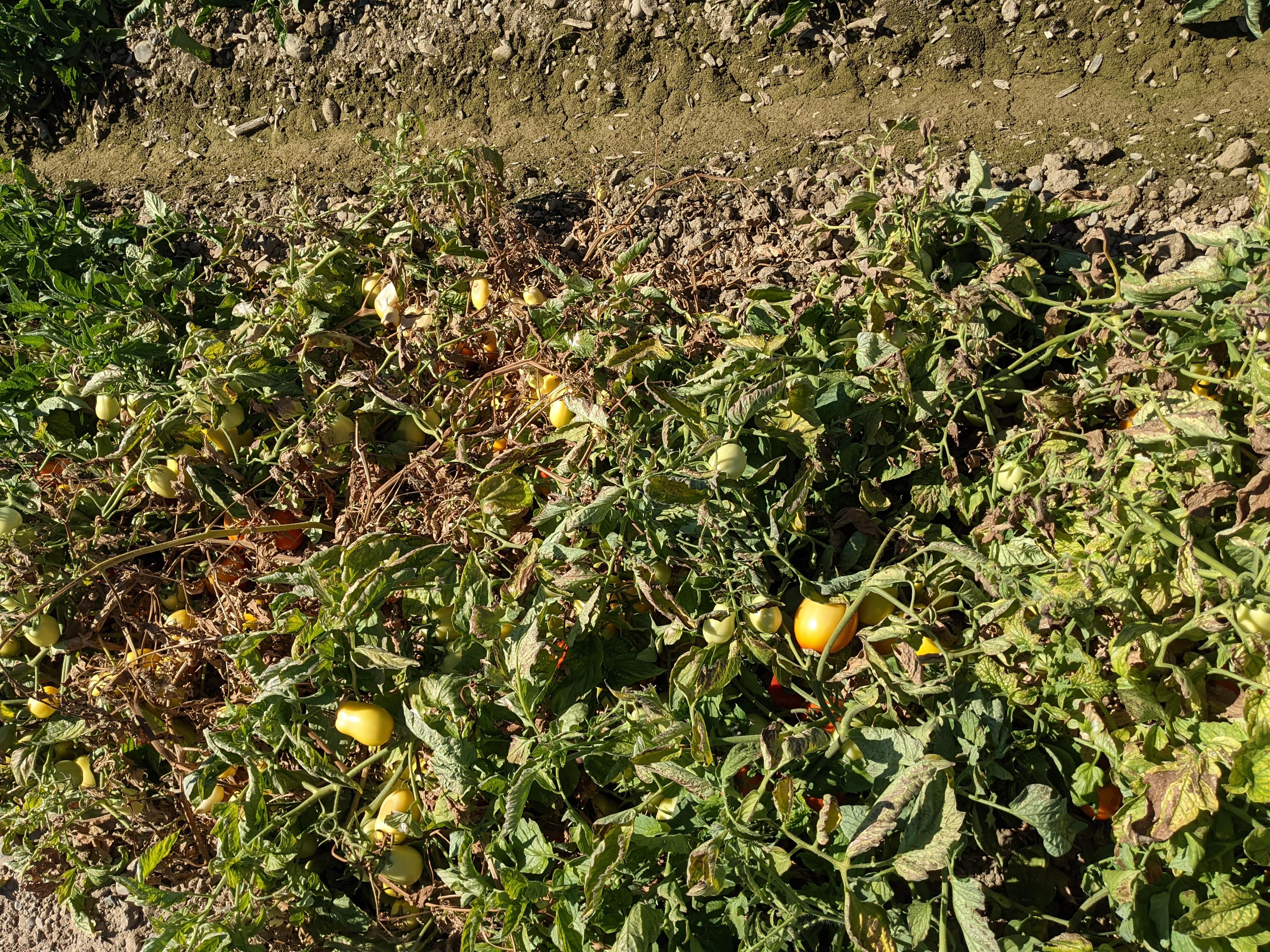
-Darkling beetle movement and overwintering sites (funded by California Tomato Research Institute)
Darkling beetles are small black, blue, or brown beetles and adults are early season tomato pests. They move into tomatoes from field edges searching for moisture and chew/girdle the stems of young transplants. In 2021, darkling beetles were a problem in certain areas, especially for organic producers, likely because the hot, dry spring weather dried down field edges early. Early planting can help avoid darkling beetle migrations during susceptible plant growth stage because field edges still have moisture and beetles will remain on edges rather than seek moisture in crop fields. Sprinkler irrigation can be used to provide moisture for beetles and prevent plant feeding. Weed free fields reduce overwintering sites and sheltering locations along with complete decomposition of crop residue or fallowing if darkling beetles are a big issue. Water-filled ditches along field edges also prevent beetles from entering fields. For conventional control, carbaryl baits are used.
The main goal for this study was to better understand darkling beetle movement into tomato fields and develop a monitoring strategy to assist with control before beetles migrate into crop fields.
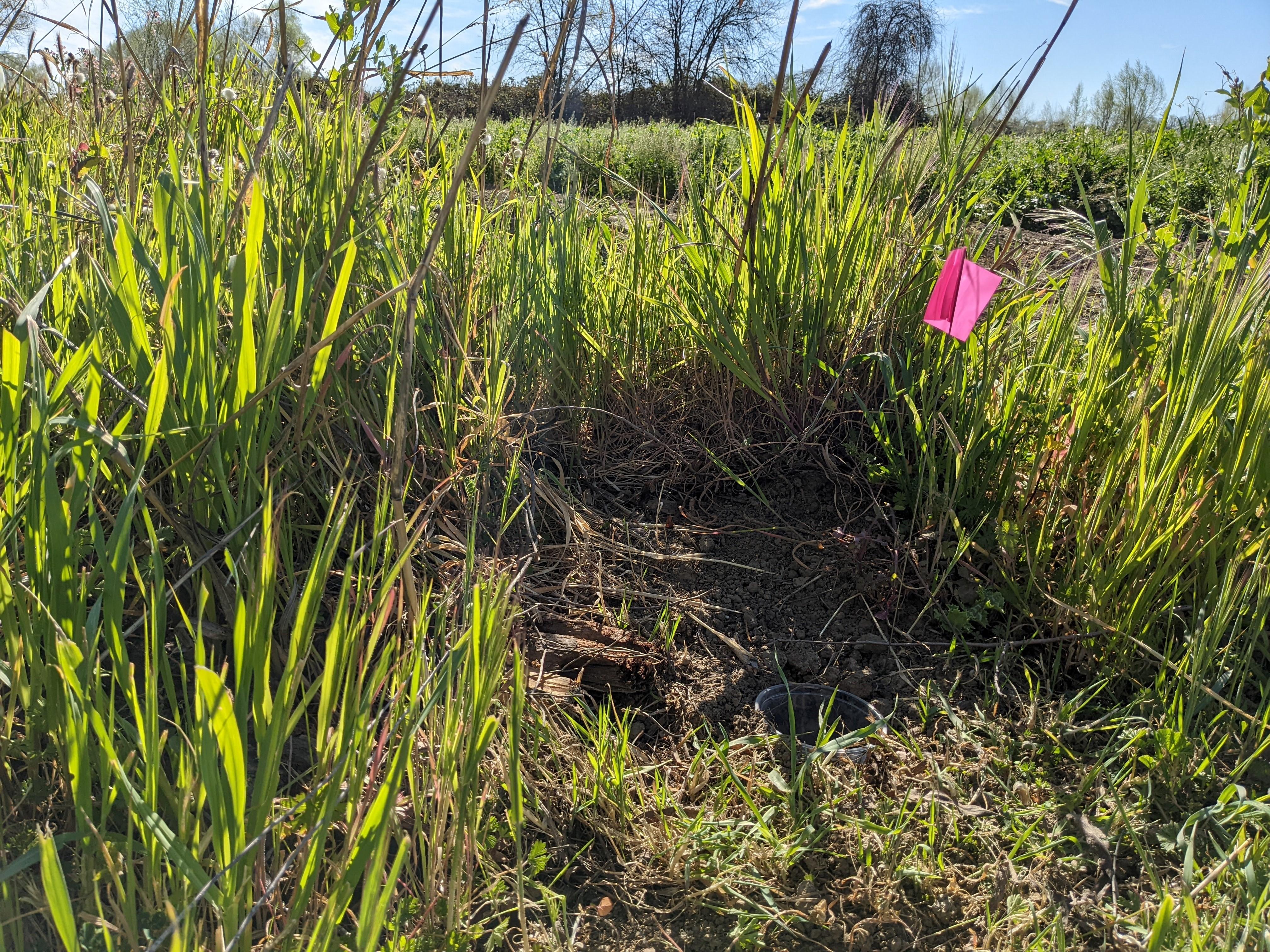
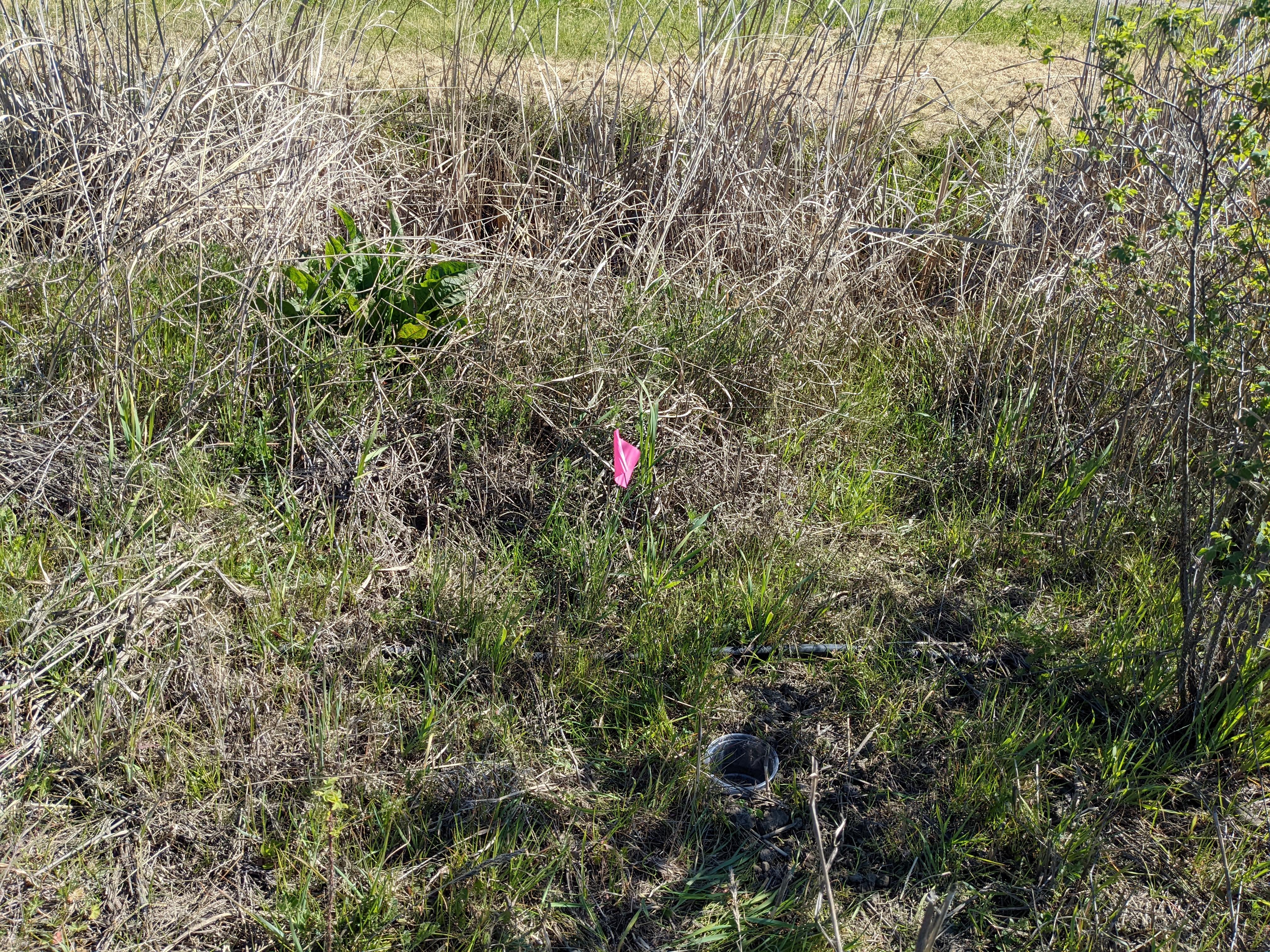
I monitored darkling beetles in field edge habitat of four organic processing tomato fields using pitfall traps. Unfortunately, very few darkling beetles (23) were caught in the traps in 2022. This could be due partly to lower pest pressure in 2022 and also to trap type. Pitfall traps are better at capturing more active arthropods like spiders, earwigs, and predaceous ground beetles. Below is a figure showing darkling beetle captures at each site from March-May 2022 and another showing the total # of insects captured. More results can be found in my February 2023 newsletter.
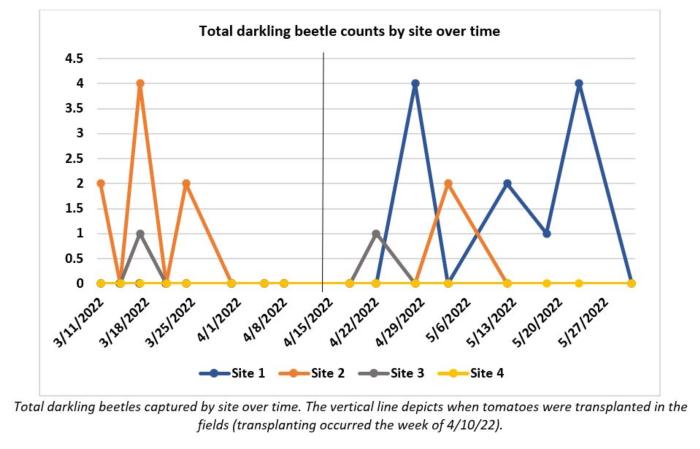
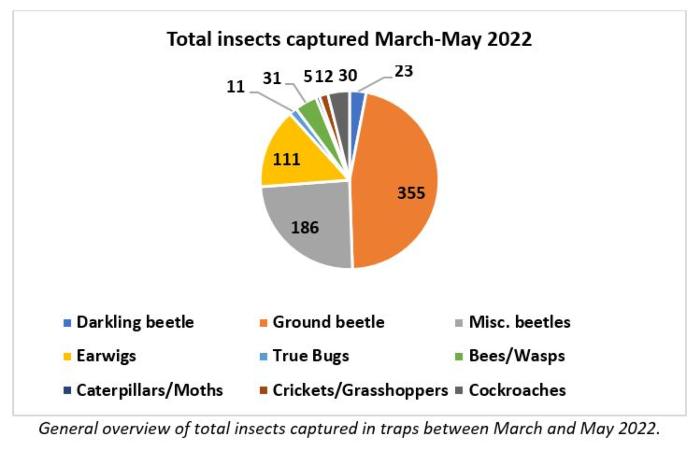
-Weed control and cost-benefit analysis of automated cultivators to control within-row weeds in processing tomatoes (funded by California Tomato Research Institute)
The main objective was to evaluate crop safety, weed control, time, and costs associated with using mechanical cultivators as part of a conventional weed management program in processing tomatoes. While both robotic cultivators and finger weeders have been used and evaluated in many vegetable crops, there has been little research evaluating these tools in processing tomatoes and how well they may complement or replace a traditional herbicide program or reduce hand weeding costs. We conducted replicated trials at two sites (Colusa and Merced counties) comparing the Robovator (automated weeder), finger weeder (mechanical), and rimsulfuron application to control plots where there was no in-row cultivation and no post-transplant herbicide application. This project was conducted in 2020 and 2021.
Key Takeaways:
- High interest for within-row mechanical cultivators
- Robovator provided excellent control in Colusa in 2020, but caused crop injury in Merced, and in Colusa in 2021 (this did not affect yield)
- High winds/non-upright plants affect precision of Robovator and lead to higher % crop injury
- Finger weeder provided excellent weed control (>90%) in both fields in 2020
- Similar results were seen in melons for Scott Stoddard in Merced County
- Rimsulfuron (Matrix) and finger weeder treatments reduced costs and time for hand weeding in Merced, and rimsulfuron and both cultivators reduced costs in Colusa compared to the control
Many thanks to our grower cooperators in Colusa and Merced counties; Scott Stoddard, UCCE Vegetable Crops Advisor in Merced and Madera counties and co-PI on this project; Steve Fennimore, Weed Management Specialist with UC ANR in Salinas for use of Robovator; and the California Tomato Research Institute for their funding and support.
More information on the cultivator project can be found in the March/April 2022 issue of Progressive Crop Consultant.
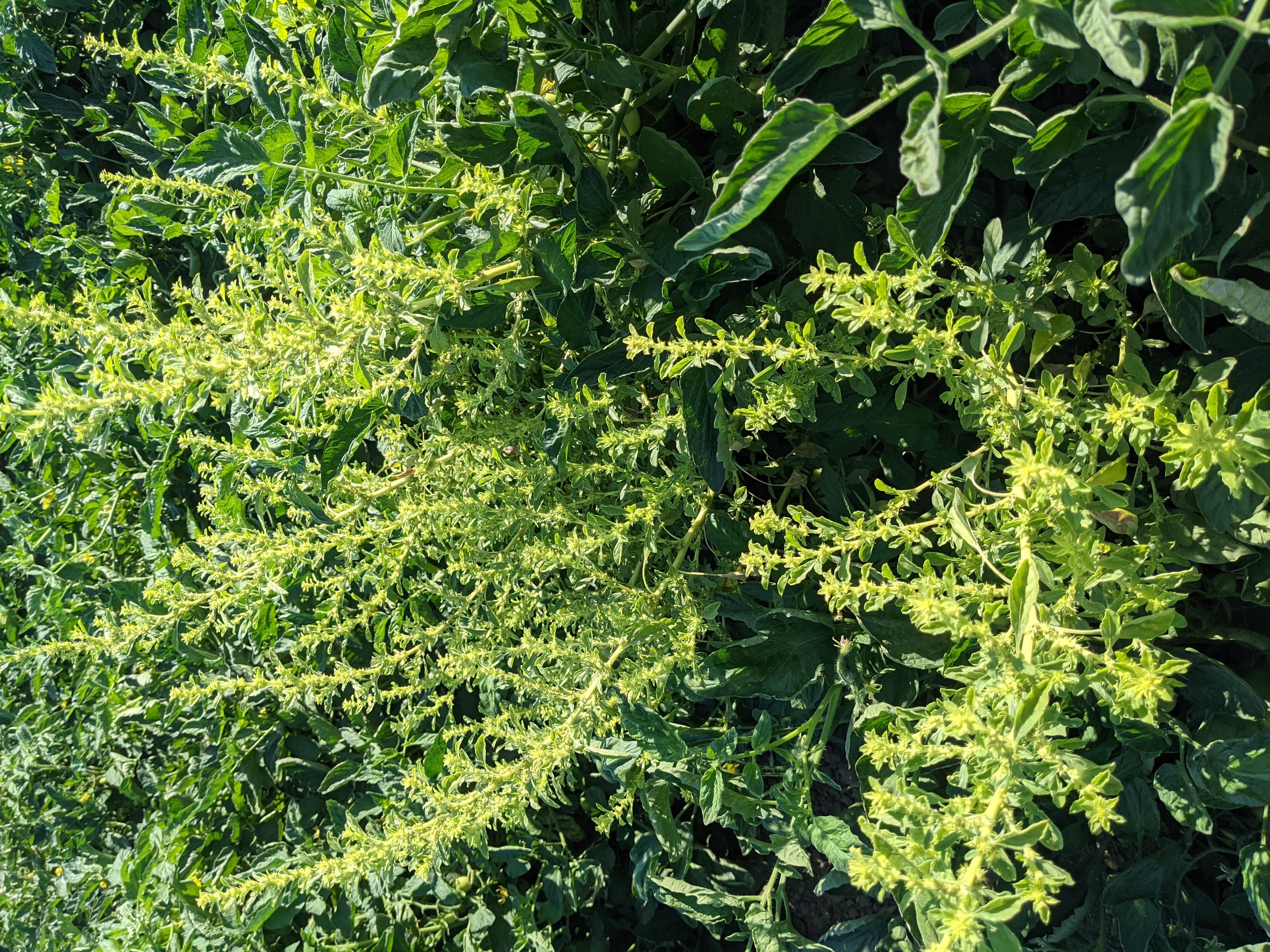
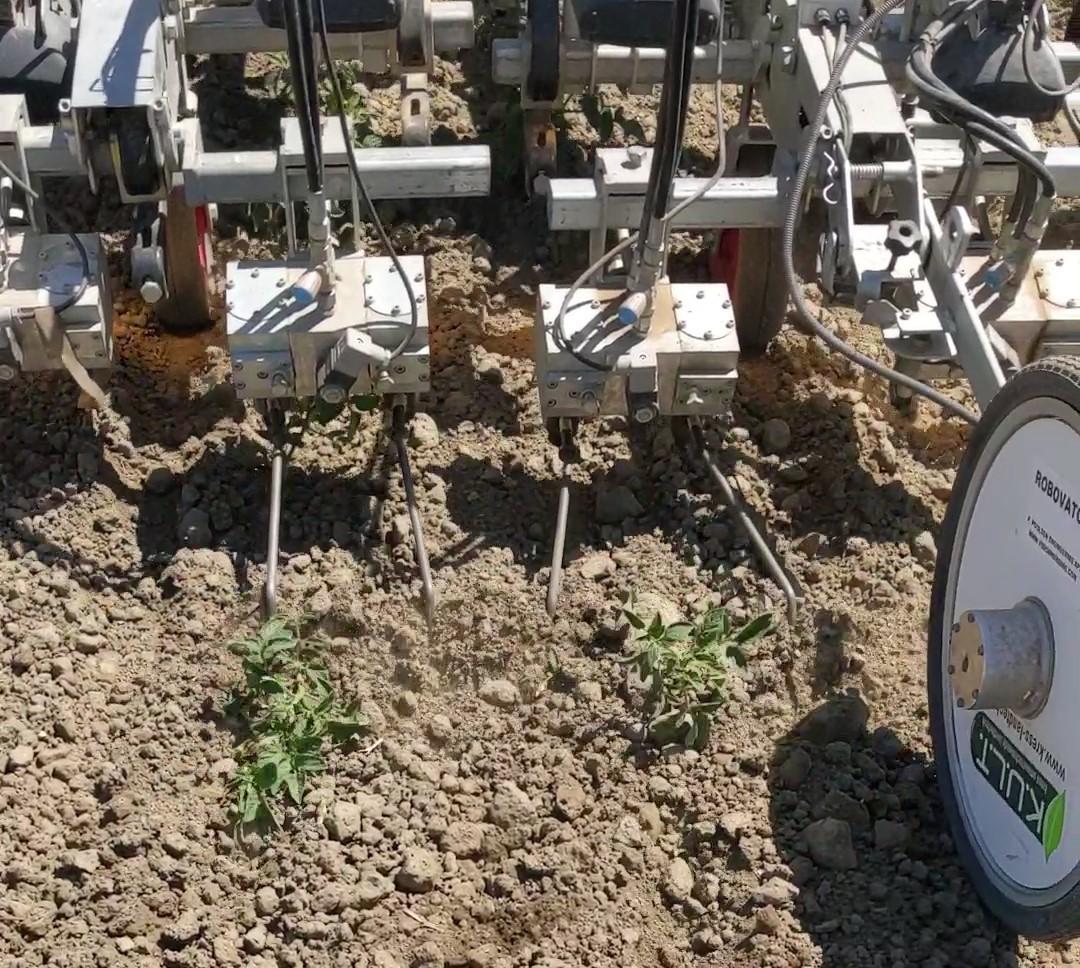
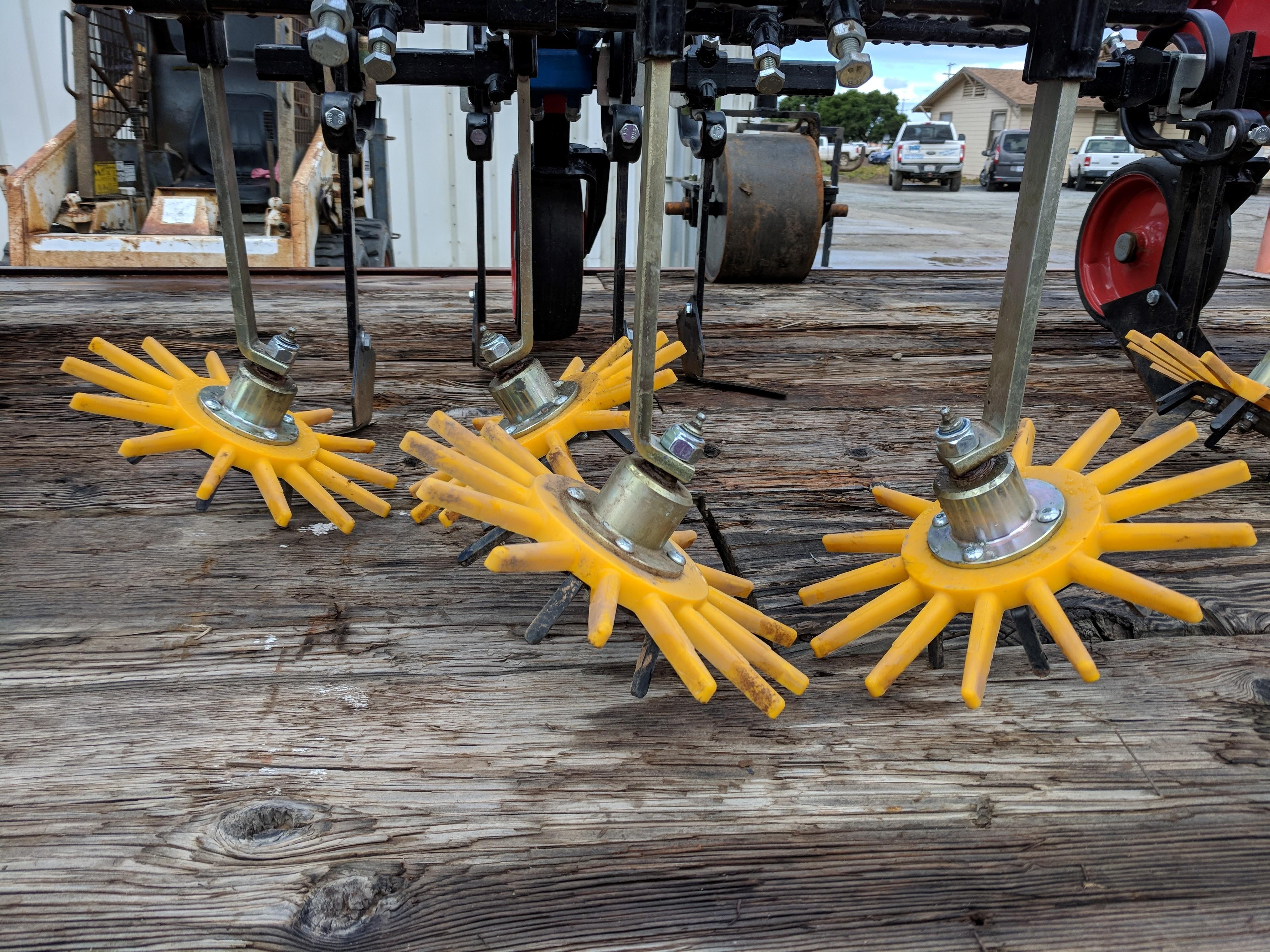
-Pest Management Strategic Plan for Processing Tomatoes
A Pest Management Strategic Plan (PMSP) is a planning document that details the critical needs for pest-management issues and management practices in a particular crop. Currently, there is no PMSP for processing tomatoes. PMSPs are developed through stakeholder input and document critical needs and priorities to help justify research funding and regulatory needs.
In 2019, processing tomato growers from across California, along with commodity boards and UCCE Advisors and Specialists, gathered to discuss the priority research, regulatory, and education needs for California processing tomato. The final document was published in 2021 and can be found here. This project was funded by the Western Integrated Pest Management Center.
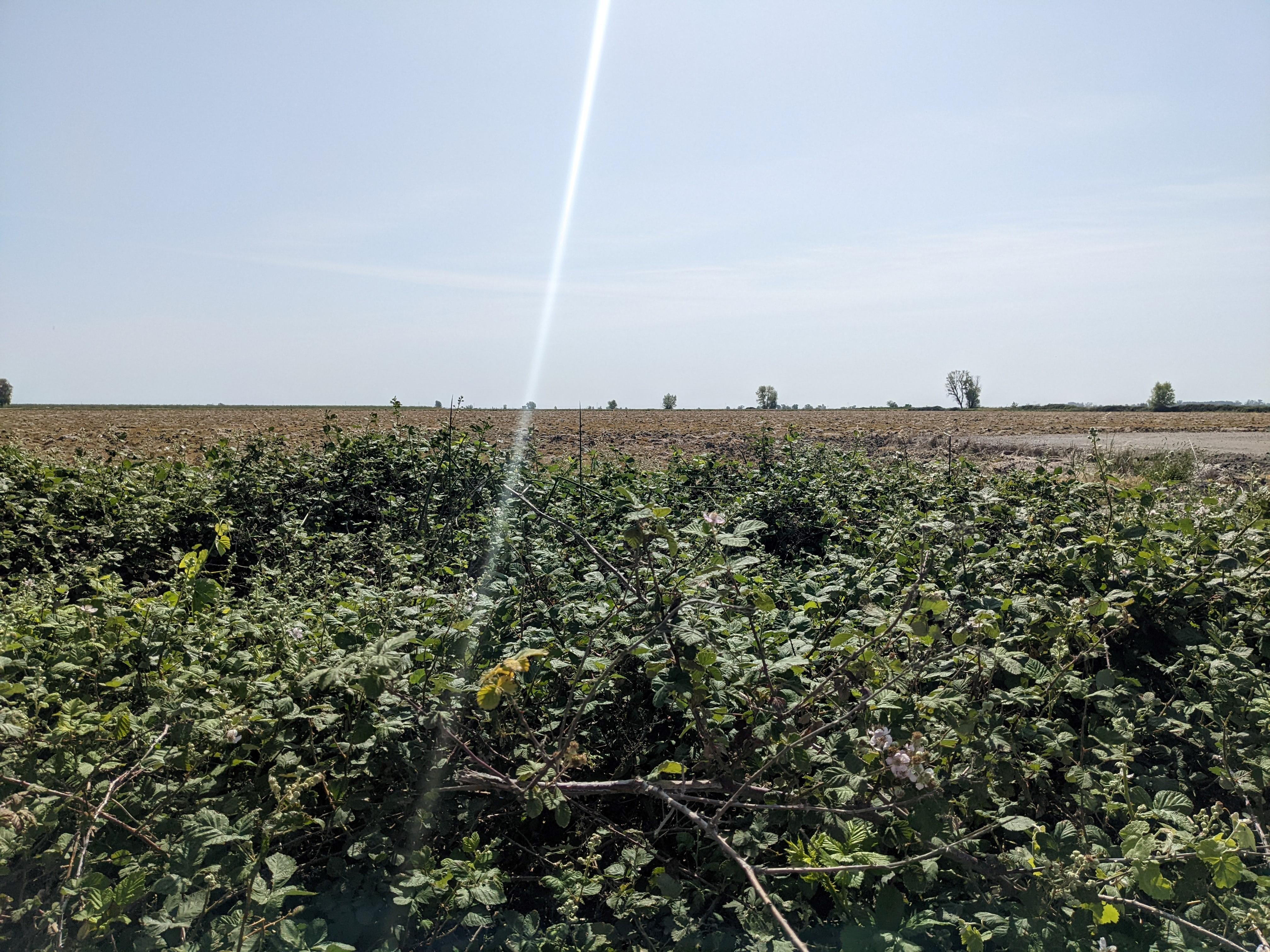
Healthy Soils Project Updates
-Multisite demonstration of conservation management practices for soil health and greenhouse gas emissions reduction
UCCE Agronomy Advisor, Sarah Light, and myself finished our 3-year statewide Healthy Soils Demonstration Project supported by CDFA. This project included a cover crop demonstration and research site on a farm in Sutter County in addition to two other sites statewide (San Joaquin and Merced County). We evaluated the impact of cover crops to soil health and annual production in the region. Our plots consisted of a control (no cover crop), a low seed rate of vetch, and a high seed rate of vetch. We developed a couple of informational handouts with cover crop information and they can be found here. Results from this project can found in the July/August 2022 issue of Progressive Crop Consultant.
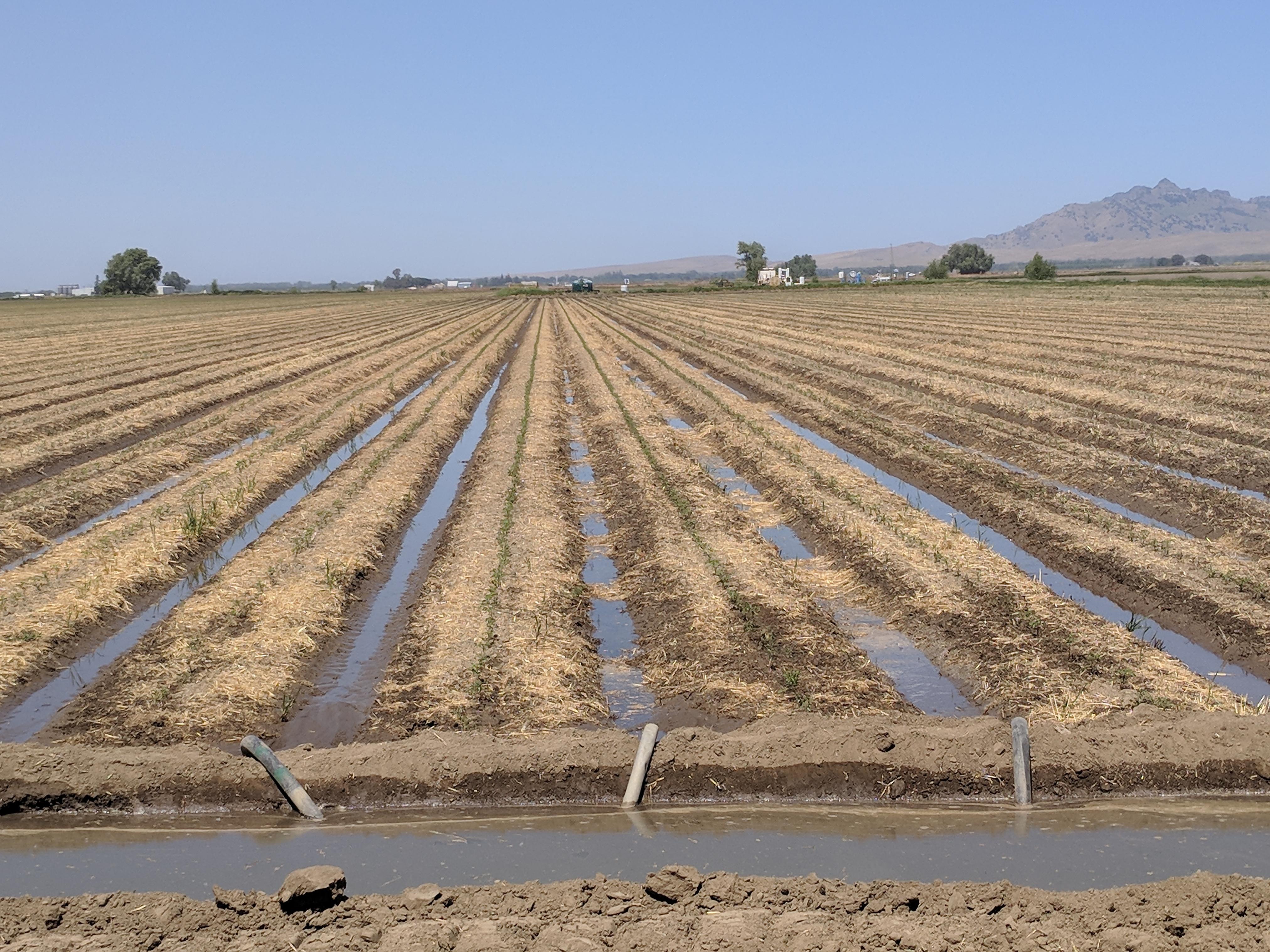
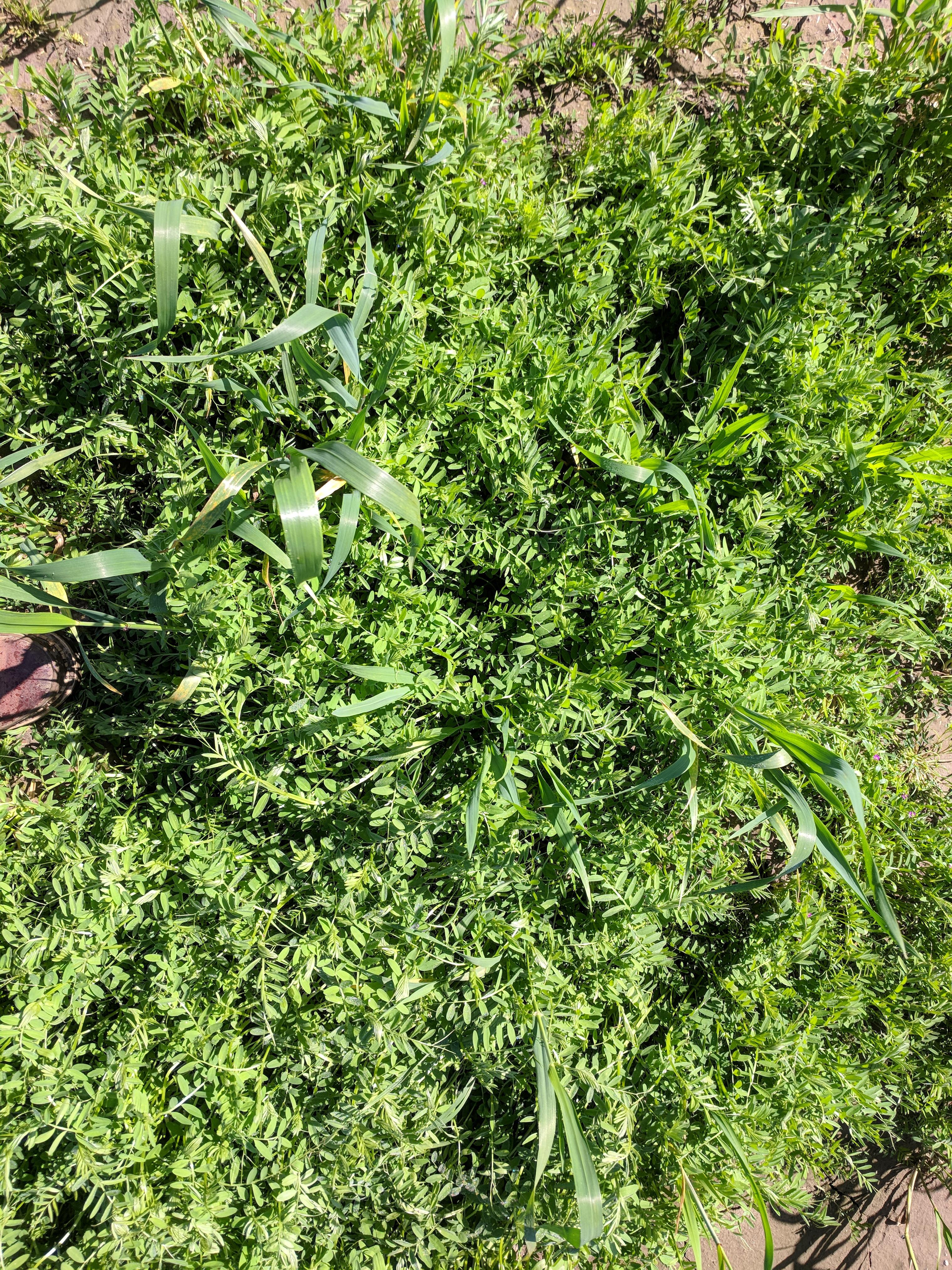
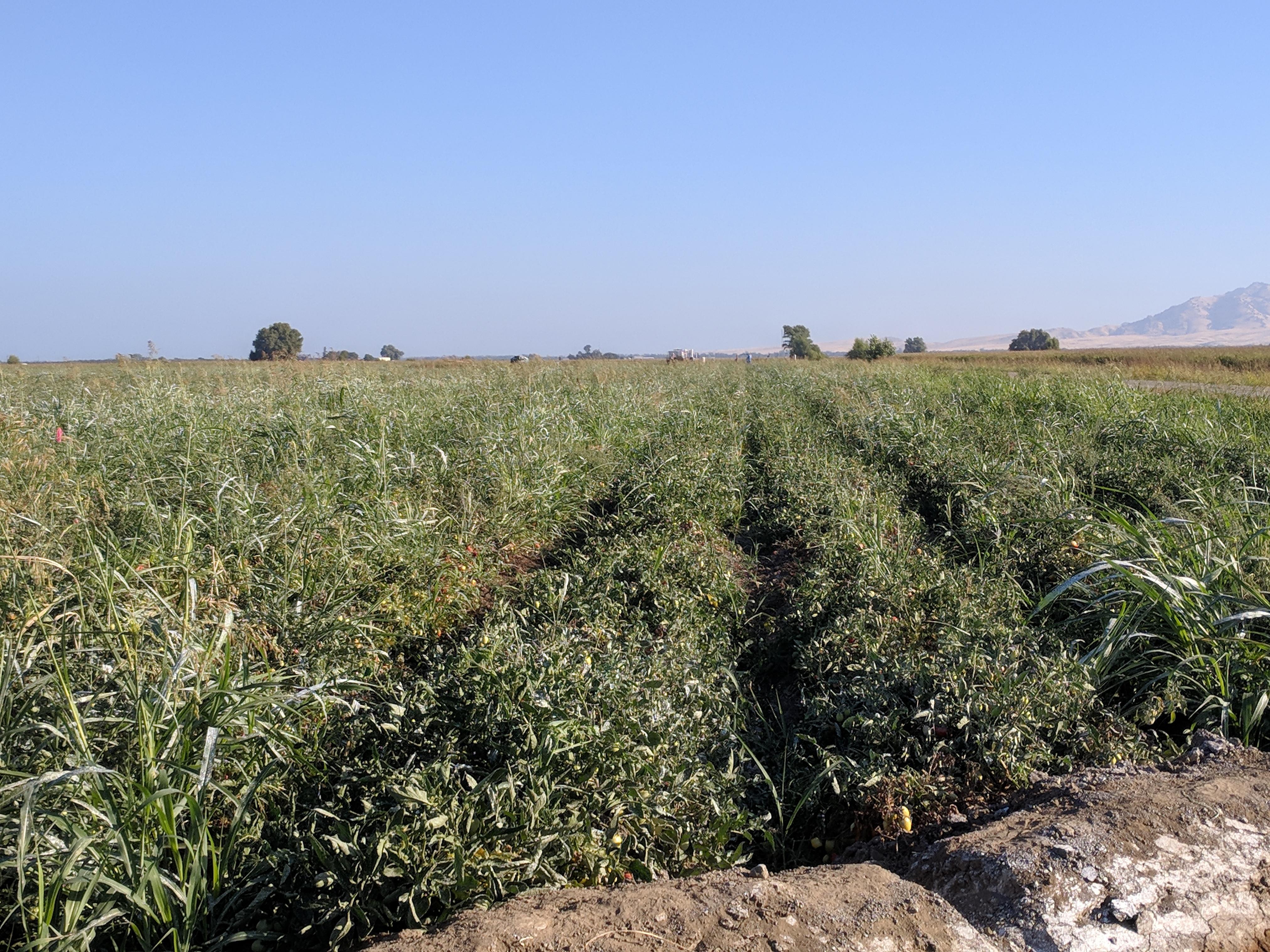
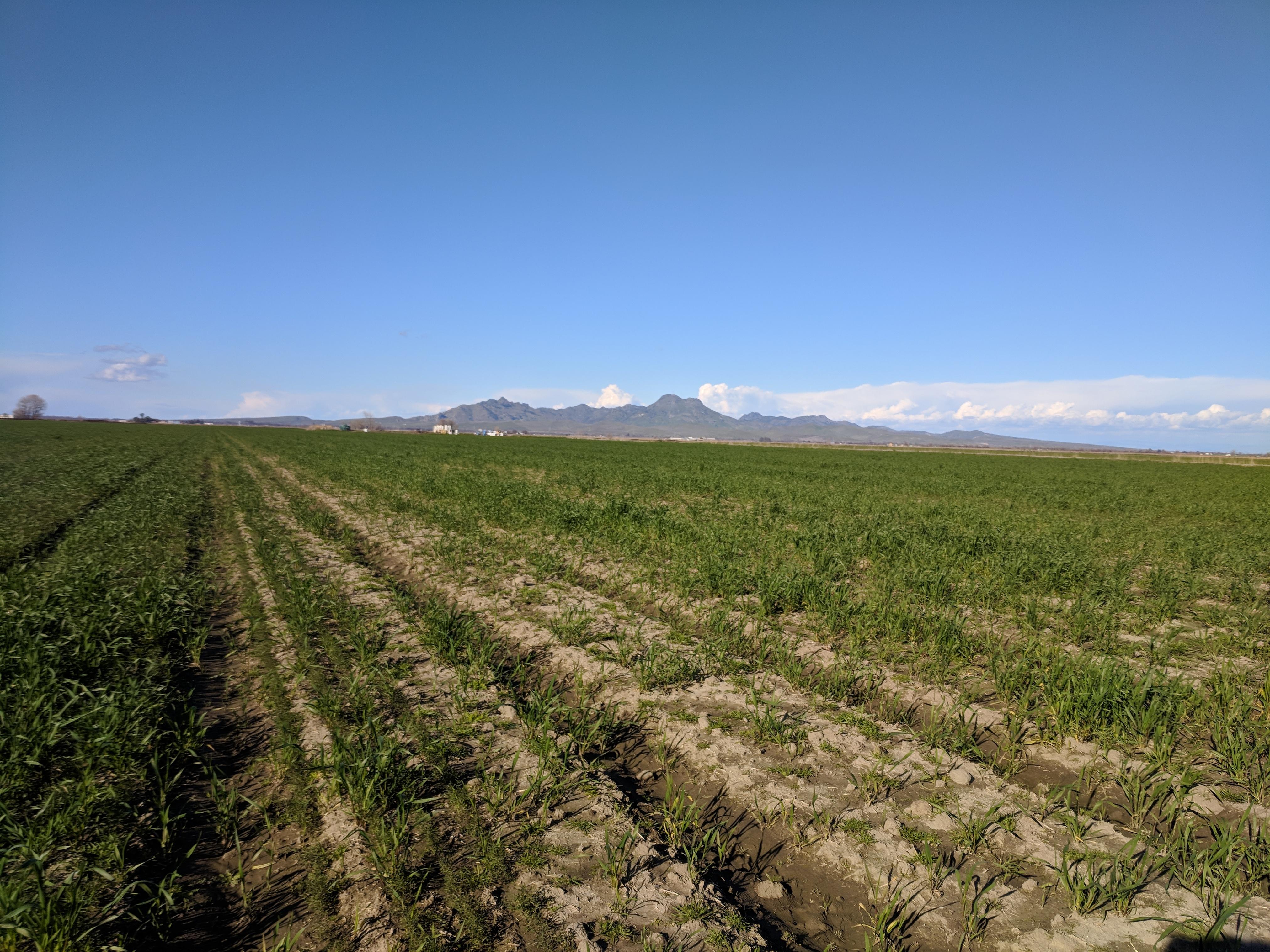
-Evaluation of compost application to processing tomato fields in the Sacramento Valley
I am wrapping up another 3-year Healthy Soils Demonstration Project looking at the effects of compost application to processing tomato fields. I have two sites for this project, one is located in Colusa County and the other in Sutter County. Our treatments include green waste compost application at 3 tons/acre and 6 tons/acre, and a fallow control. I am working with Westside Spreading, LLC on this project and it is funded by the CDFA.
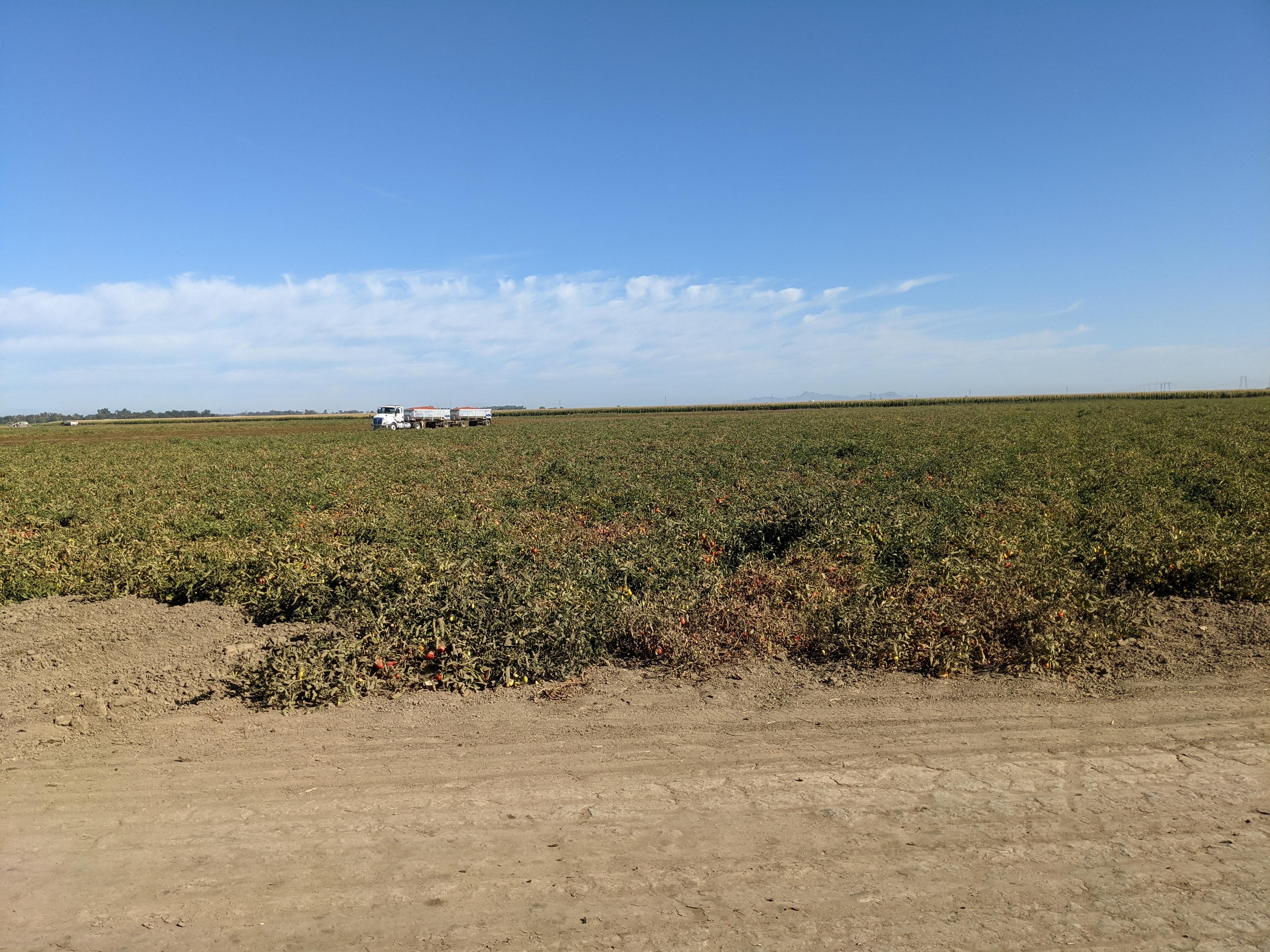
Resources
For questions regarding vegetable crops, please contact Amber Vinchesi-Vahl in our office at 530-458-0575, or by email at acvinchesi@ucanr.edu.
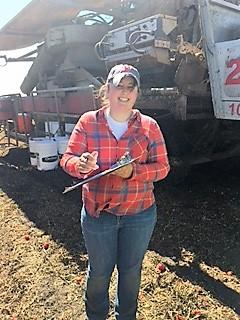
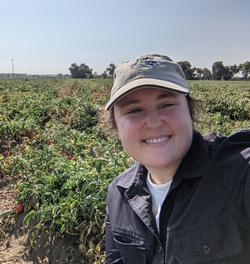
UC-IPM Pest Management Guidelines
Processing tomatoes
Pest Management Strategic Plan for processing tomatoes 2021: 2021_07_22_Processing_Tomato_PMSP_final
Broomrape information: http://tomatonet.org/branchedbroomrape
Diagnosing wilt and crown rots: Diagnosing wilt and crown rot diseases of tomato2
Cost study Furrow-irrigated 2014: process-tomato-furrow
Cost study Drip-irrigated 2017: process-tomato-dripirrigated
2022 Sacramento Valley Processing Tomato Production Meeting Presentations and Recording.
2023 Sacramento Valley Processing Tomato Production Meeting Presentations.
- Evaluation of automated and mechanical in-row cultivators in conventional processing tomatoes
- Amber Vinchesi-Vahl, UCCE Vegetable Crops Advisor, Colusa/Sutter/Yuba
- Vinchesi-Vahl cultivator presentation tomato meeting 2023
- Broomrape biology and management: a progress report
- Brad Hanson, UCCE Weed Science Specialist, UC Davis
- 2023 Hanson _ broomrape mgt update 011723
- Equipment sanitation to reduce spread of broomrape and other soil borne pests; and 2022 tomato disease patterns in lower Sacramento Valley
- Cassandra Swett, UCCE Specialist, Department of Plant Pathology, UC Davis
- Swett_Woodland_2023_sanitation Swett_Woodland_2023_TomatoDiseases
- Evaluation of variety tolerance and chemical control of Fusarium vine decline
- Brenna Aegerter, UCCE Vegetable Crops Advisor, San Joaquin County
- 2023_01_17 Woodland tomato meeting AEGERTER
- Root-knot nematode management with spread of resistance-breaking of Mi-gene
- Jaspreet Sidhu, UCCE Vegetable Crops Advisor, Kern County
- Sidhu_root knot nematode
- New virus developments in curly top and spotted wilt of processing tomatoes
- Bob Gilbertson, Professor, Department of Plant Pathology, UC Davis
- Gilbertson New developments in curly top and spotted wilt of processing tomatoes
- Management of Curly top virus and Sw5 resistance-breaking Tomato spotted wilt
- Tom Turini, UCCE Vegetable Crops Advisor, Fresno County
- Turini Beet curly top virus
Melons
Pest Management Strategic Plan for melons 2016: 2016 CA Melon PMSP
Crop timeline: Crop timeline for melons
